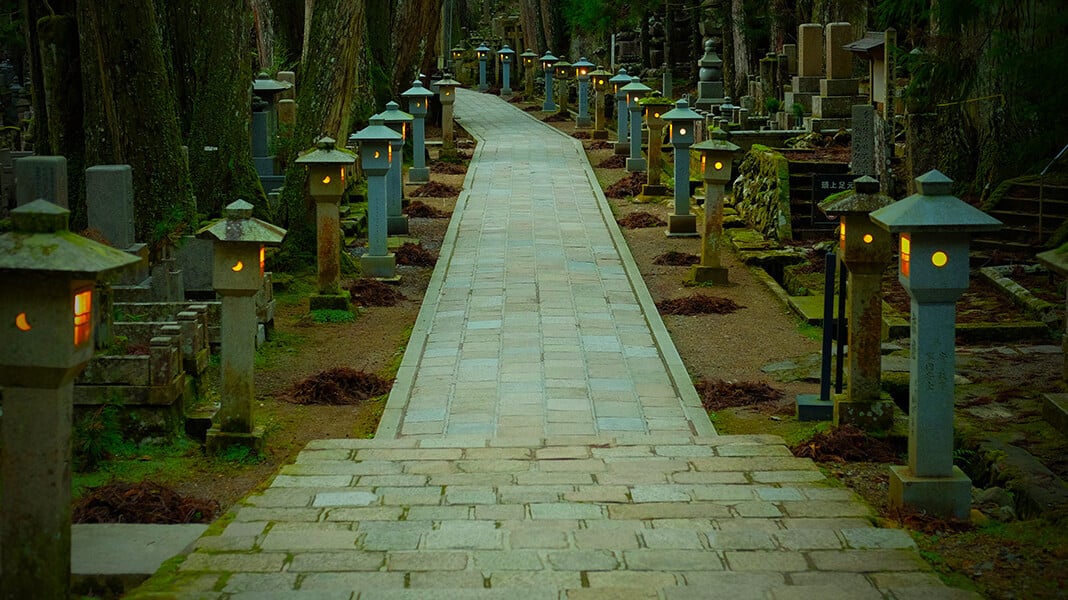
Trekking the ancient Kumano Kodo, Japan
What's the story
The Kumano Kodo pilgrimage in Japan is a network of trails winding through the Kii Peninsula's lush landscapes. This UNESCO World Heritage site offers travelers a unique blend of natural beauty, spiritual significance and cultural immersion. The journey along these ancient paths not only connects pilgrims to Japan's rich history but also to a profound sense of peace amidst nature.
Route selection
Planning your pilgrimage route
Selecting your route on the Kumano Kodo is essential. The Nakahechi route, beginning in Tanabe City, is favored for its accessible historical sites. It involves several days of trekking through mountains and villages, with stays in traditional ryokans (inns). Each path offers unique experiences; some more challenging than others. It's crucial to choose a route that suits your physical capabilities and interests.
Packing essentials
What to pack for the journey
Packing light yet prepared is essential for enjoying the Kumano Kodo trek. Essential items include comfortable walking shoes, weather-appropriate clothing (layers are recommended), a raincoat, water bottles, snacks, a first-aid kit, and a map or GPS device. Since you'll be walking through remote areas, it's also wise to carry cash as not all places accept credit cards.
Culture & cuisine
Experiencing local culture and cuisine
The pilgrimage is not just about the hike; it's an opportunity to immerse yourself in local culture and cuisine. Staying at ryokans allows you to experience traditional Japanese hospitality. Meals often feature regional specialties like the Kii Peninsula's fresh seafood or mountain vegetables. Visiting onsens (hot springs), temples, and shrines along the way adds layers of cultural understanding to your journey.
Respect & preservation
Preserving nature and traditions
When trekking the sacred Kumano Kodo paths, respect nature and local customs. Stay on marked trails to protect the environment. Respectfully engage with locals, showing genuine interest in their traditions without disrupting their lives or sacred practices. This approach ensures a journey that blends physical activity with spiritual and cultural exploration, enriching the experience for every traveler.